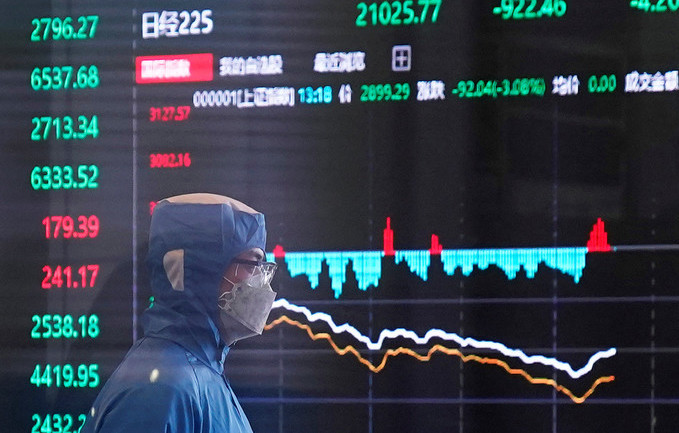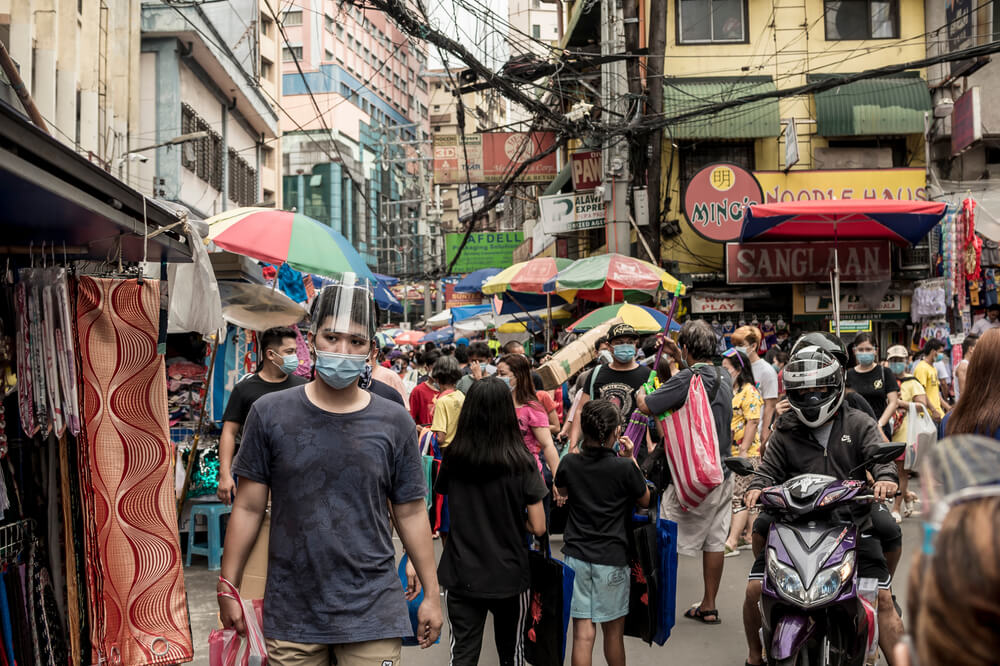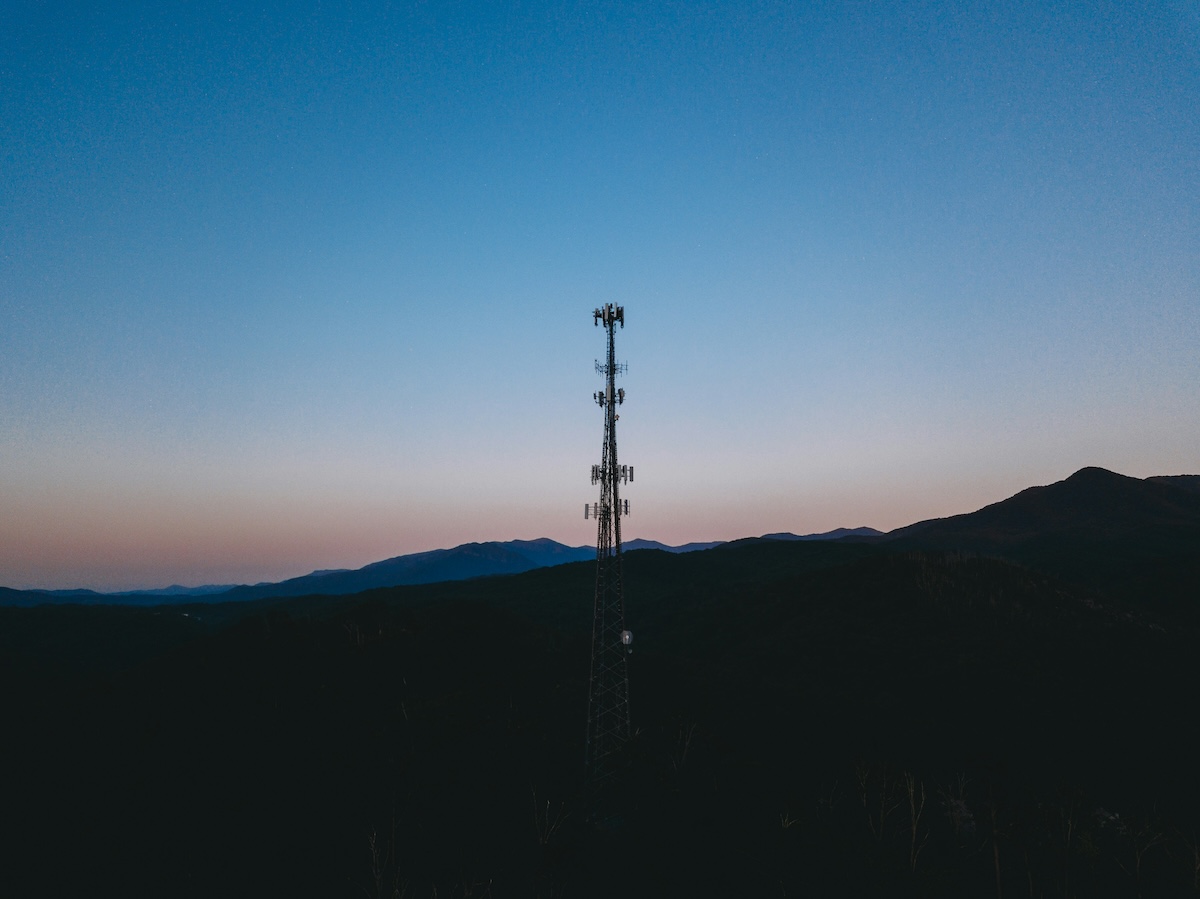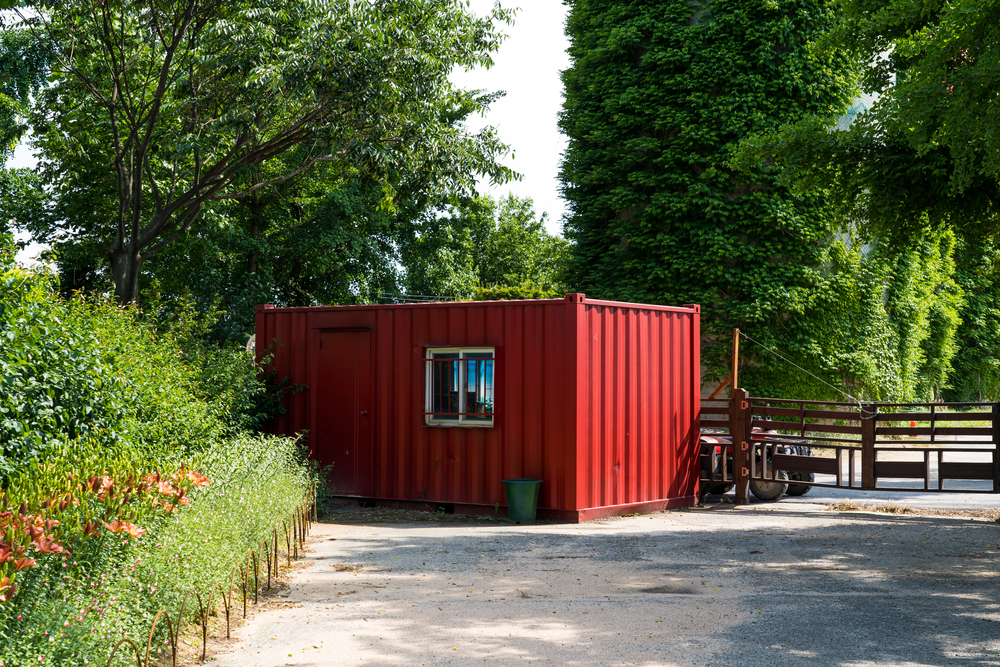It’s time to shift some attention from fighting the current crisis to fighting the crisis that is fast upon us.
I’m not arguing that we should stop sheltering in place or supporting our local hospitals. This is not a “Liberate (insert your favorite state here)” kind of message.
No, this is about the economic pandemic that will haunt our future. In January, we saw COVID-19 shut down cities in China; we should have been investing in ventilators and personal protective equipment, or PPE. Instead, we fiddled as the virus spread. Now we can see an economic pandemic heading our way as COVID-19 decimates economies around the globe. We need to invest in systems to help people and businesses deal with the cash flow problems that are decimating our economy.
We need a rapid reaction force to provide COVID loans as immediate enterprise PPE, and we need a longer-term plan for the financial vaccines needed to weather, and recover from, the devastating economic pandemic that is already upon us.
Covid-19 is killing our economy. Is this a deep recession like the Great Financial Crisis? A depression like the Great Depression? Or an even greater depressions? Restaurants and the service sector were hit first. The economic virus has now spread to manufacturing, agriculture, and the public sector. No sector of the economy is immune.
Just as masks, ventilators, testing, social distancing and contact tracing help us flatten the curve of infections, we can flatten the curve of the economic infection. Just as we need to think short, medium and long-term to address the health effects of Covid, so too we need not think short, medium and long-term to address the economic fallout it will bring.
Private capital for public good
Phase 1 is dealing with the initial damage: the ICU beds, the ventilators, the stay-at-home orders, and the PPE. Phase 2 is the medium term efforts to secure vaccines, anti-virals, herd immunity, and antibody testing. And Phase 3 is the long-term: changing the system to ensure this never happens again or, if it does, that we are prepared. That means shutting down wet markets, coordinating pandemic monitoring and early-warning systems, and strengthening global resilience to the next new infectious disease.
The same three-phase approach can deal with the economic fallout. Phase 1: Cushion the immediate damage: the unemployment, the lack of cash to pay for food, rent, medical bills. For business, help in surviving massive and immediate cash-flow disruptions. This means loans to both individuals and small businesses that are most impacted by the crisis. It also means providing them with relief from rent, mortgage and other payments.
Of course, these measures don’t solve the problem, replace the revenues or restore the job. They push the problem out in time or pass it on to someone else. But if it pushes the burdens out to a person or to a time better able to deal with them, that might buy us some breathing room, just like preparing for the arrival of Covid to the U.S. in January could have bought us precious weeks of preparation.
At the same time, we need to think about Phase 2. In the medium-term, we’ll need to innoculate people and businesses for a possible rebound of Covid infections, and new stay-at-home orders, later in the year. Can we provide buffers, alternative sources of income, new roles or channels for restaurants or service businesses to serve customers if this happens again? What is the equivalent of an economic vaccine?
And in Phase 3? Governments around the world are freeing trillions of dollars in financial stimulus. But if there is one thing we have learned over the last two decades, it is that a government response is necessary but not sufficient. We need the private sector to step up, think outside the box and innovate in response to the financial pandemic.
Financial oxygen
That starts with creating new and more agile channels for getting money out to people and small businesses. In this, government has always been a follower, not a leader. If you think of the financial system as a circulatory system, government knows how to get large infusions of capital into the major veins and arteries of our economy. The problem is that our capillary system has shriveled and become blocked. The essential tissues of economic actors on the periphery without access to financial oxygen will die, and the entire financial system will suffer.
We need to stimulate the creation of new channels for capital to reach people and small businesses, new intermediaries. This innovation is not likely to come from either governments or large banks. It is more likely to come from community development financial institutions, or CDFIs, small community lending operations, NGOs, or even tech companies like Apple, Square, Venmo, and PayPal. Can government money be supplemented, catalyzed and better distributed using private investment capital? Can we create COVID Impact Bonds? Can cryptocurrencies help?
How community banks and local lenders are bridging racial gaps in COVID recovery
Just as millions of individuals have mobilized to provide PPE and ventilators for hospitals, it is time for high-net worth individuals, small lenders, pension funds, insurance companies, and especially impact investors to define and invent new forms of Financial PPE. We need capital, and we need it delivered to people in new and innovative ways. And we need it to happen at a scale that is both daunting and exciting.
We don’t yet have all the answers as to what this new system or these new mechanisms look like. We need to brainstorm further as a community. We need groups of smart and experienced people to help define the problems and the answers. To get that brainstorming process going, here are a few thoughts on what might be possible:
Bridge loans. much of what is needed will likely come in the form of loans to help bridge and address temporary cash-flow problems. So how do we innovate and redefine loans to both businesses and individuals? We need to rethink how we choose who gets a loan. This means thinking differently about credit rating and collateral. In developing countries such as Kenya and India, there has been some real innovation in the use of algorithms and/or cell phones data to determine credit ratings for people who do not have detailed financial histories. Can this be used to assess people suffering from the same problems in the U.S,? There is much to learn from companies like Ant Financial, Alibaba, Tala, or loan aggregators like Mintos.
Collateral. Can we start to think of future earnings as collateral? For instance, rather than a traditional individual loan that has a set maturity and interest rate, why not provide loans directly to people that are then paid back based on future earnings. The more you end up making once this pandemic is over, the more you pay (with an appropriate ceiling of course). If you don’t end up earning much, you pay less or even have your loan forgiven.
These are loans to people that take a form of equity in their future. Companies like Upstart and others are already doing this for college loans, why not spread it across to people all over the world to help them make it through these hard times? And there are other ways to broaden the pool of loan recipients: Kiva? Mosaic? Something else?
Distribution. Once we’ve helped expand the kinds of people and businesses that are eligible for loans, we need to innovate how the money gets to them, with technology solutions like blockchain, Venmo, PayPal, ApplePay, Square, and others. We have the ability to reach into people’s cell phones and give them money; let’s use it? We can repurpose NGOs, churches, community groups, or even restaurants as new ways to deliver capital where it is most needed. Microcredit organizations in developing countries have been doing this for over a decade. Let’s steal a chapter from their book.
Mindset shift
The problem isn’t money. The money is out there. Banks, investment funds, hedge funds, pension funds, insurance companies, impact investors, even company balance sheets all have trillions of dollars that could be put to work. We have moved from a world where capital was scarce, to one where it is abundant – but not flowing. Some sectors, some geographies, some people, and some businesses are awash with capital while others are parched and starving. COVID has made that worse. What is scarce is the willingness and the mechanisms to easily deploy that capital to the people on the ground who most need it.
Finally, we need to think about the long-term. What does the financial system of the future look like? How do we build a much more resilient and agile capital market, one that serves big businesses, but also small and medium enterprises, individuals, people in the periphery (both economically and geographically), everyone. We need buffers, risk management systems, financial reserves, better conduits for capital, access to credit, lots of things.
I think Impact investors have a role to play. It’s a role we must play if we are to claim any form or relevancy. We have access to capital that wants to make a difference. We have become good at innovating financial approaches to solving problems We have for years been thinking about how to repurpose finance in the deepest sense of that term.
This is our moment. This is our jam. This is our brand! If not us, then who?
Our sector has been growing more rapidly than almost any other sector in the financial services industry. Let’s use that momentum. Let’s help not only design and distribute enterprise PPE and the financial vaccines for the economic pandemic, Let’s begin reimagining a more robust, inclusive and resilient economic system for the planet.
Now is the time for investors, particularly impact investors, to step up.











